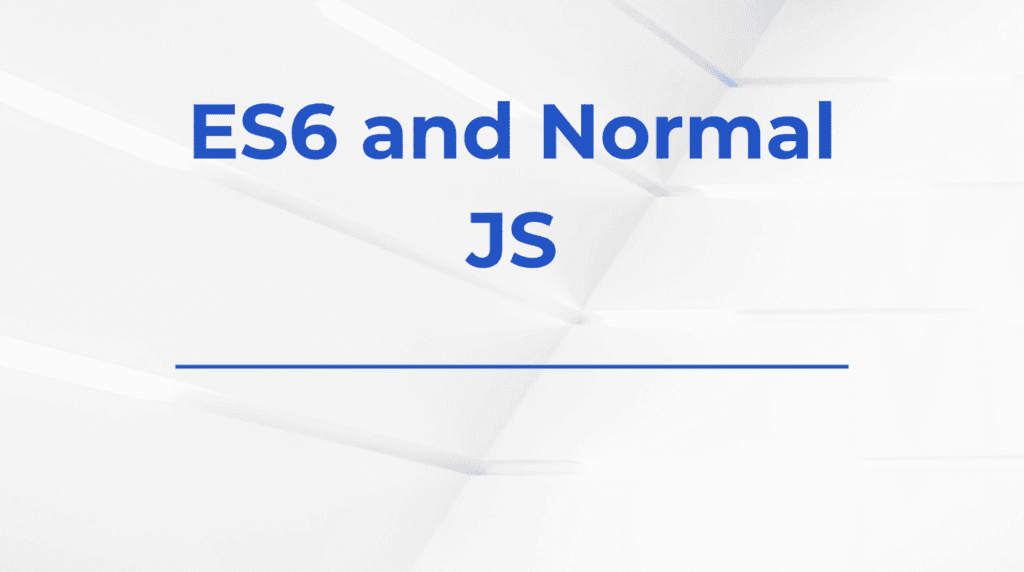With the rapid evolution of artificial intelligence, the software industry is experiencing a shift that challenges traditional development roles. Frontend developers, especially those working with React, are beginning to wonder about the future of their work. The core concern isn’t just about whether AI can write JSX or style a component—it’s about whether AI can think in terms of component architecture, user experience, real-time interactions, and scalable frontend design. This uncertainty is shaping the way developers perceive their career longevity and their role in AI-enhanced workflows.
Code Generation Efficiency
Modern AI tools have become surprisingly competent at generating UI components, implementing forms, and even producing logic for state updates using hooks. They can generate useEffect logic, handle props management, and design responsive layouts using Tailwind or CSS-in-JS solutions. Given the structured nature of frontend tasks, React appears especially susceptible to automation.
Yet this strength has limits. Code generation thrives in static patterns, not in adapting to business logic that evolves over time. Even highly tuned prompts rarely account for accessibility edge cases, browser inconsistencies, or how multiple interactive components may influence user behavior. While AI can scaffold boilerplate and suggest component layouts faster than any junior developer, it lacks the contextual memory to consistently align that code with evolving product requirements.
Understanding Context
Where AI struggles most is in understanding the broader application context. A developer doesn’t just create components—they understand why a component exists, how it behaves across flows, and when it needs to be decoupled. State management isn’t just about useReducer versus context—it’s about choosing patterns that align with long-term app maintainability, performance, and scale.
This inability to handle evolving context is visible in how AI tools often ignore refactoring cues. Reusability, abstraction, and intent-driven design are all things human developers consider deeply. When revisiting older code, AI doesn’t always spot design decisions that impact testing, readability, or performance—areas where seasoned developers naturally intervene. Even advanced use cases such as combining reducers with context or integrating state with tools like React Query are still better handled by humans with architectural foresight.
Collaboration and Communication
AI doesn’t participate in team discussions, standups, or product grooming meetings. React developers do more than code—they advocate for user experience improvements, challenge unclear requirements, and collaborate across design, backend, and QA. Communication, empathy, and negotiation are central to the frontend role.
Developers guide conversations about responsiveness, accessibility, and performance trade-offs. They suggest when to lazy-load components or refactor state logic, based on real-time feedback from users or product teams. These aren’t tasks that benefit from code automation—they benefit from human reasoning, empathy, and the ability to push back when necessary. That kind of nuance is essential in shipping high-quality products.
AI as a Copilot
The more practical question isn’t whether AI will replace React developers—it’s how it will reshape their work. Tools like GitHub Copilot, ChatGPT, and CodeWhisperer act as accelerators, not replacements. They reduce friction when generating repetitive components, writing tests, or converting between code styles. Developers can spend less time on mechanical syntax and more on architectural thinking, UI logic, and debugging.
This partnership model is similar to how compilers or linters revolutionized earlier generations of programming. AI is another layer in the developer stack. Instead of replacing engineers, it’s shifting what they focus on—moving them away from the “how” of writing code toward the “why” and “what” behind that code.
| Task Type | AI Performance | Human Developer Role |
|---|---|---|
| Generating simple components | High | Reviewing for context, reusability, UX |
| Writing tests | Medium | Designing edge cases, integration scenarios |
| Optimizing performance | Low | Profiling, analyzing bottlenecks |
| State management decisions | Low | Evaluating trade-offs, handling edge complexity |
| Accessibility enhancements | Low | Semantic judgment, usability testing |
| Team collaboration | Very low | Communication, iteration, decision making |
UX and Design Thinking
Modern React applications are deeply intertwined with user interaction. Frontend development isn’t only about what the user sees—it’s about how they feel using the interface. AI cannot intuit what users might find frustrating, confusing, or delightful. React developers often function as UX mediators, tweaking interactions and micro-animations to nudge users toward ideal behavior.
That kind of empathy—rooted in lived experience and direct user feedback—cannot be automated. Even as AI gets better at mimicking design patterns, it cannot yet replicate design judgment. The choice between infinite scroll versus pagination, or when to debounce a search input, requires understanding user context, device limitations, and application goals.
Career Shift, Not End
React developers who integrate AI into their workflows don’t risk replacement—they gain leverage. Those who fear AI often focus on tasks that are already ripe for automation. The real value lies in architectural planning, performance tuning, developer experience tooling, and cross-functional alignment—none of which AI can meaningfully own.
It’s also worth noting how many tools built with React depend on developers who understand the framework deeply. Whether working with Storybook, TypeScript, or tools like Vitest for testing hooks logic, developers must still design interfaces between logic layers, connect backend APIs, and guard against regressions.
Conclusion
AI may write more React code in the future, but that doesn’t mean it will replace those who understand how React apps evolve, scale, and serve real users. The true impact of AI on frontend development isn’t elimination—it’s transformation. Developers who adapt, experiment with AI tools, and double down on communication, architecture, and experience design will find their roles not just secure, but essential. React isn’t just a syntax—it’s a philosophy, and AI hasn’t learned how to think like a developer yet.









